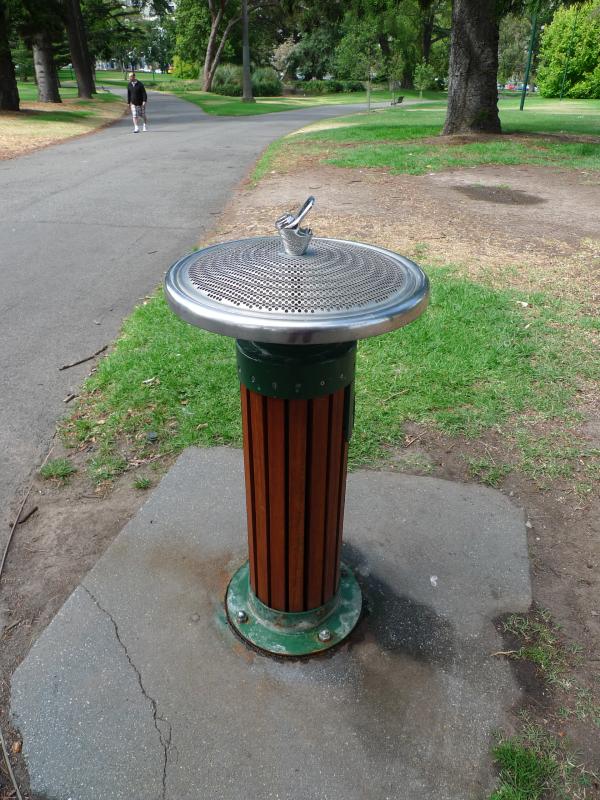
Can you deliver what your customers want – before they even ask? (Designed by Freepik)
Remember the last time you visited a store which offered you a cup of warm tea on a cold day?
How did that make you feel? Warm, welcomed, and ready to reward your hosts, I bet.
Well, that’s probably what a store like Nordstrom in the US would do. And it is why the premium retailer managed to survive and thrive despite facing overwhelming online competition.
Meeting Their Unspoken Needs
When a customer purchases a product or consumes a service, are there are unspoken needs that you can meet? Are there supplementary services which can augment his or her encounters with your company?
In other words, have you attempted to “read the minds” of your customer and anticipated the problems that they face or the additional help that they need, even before they utter a single word?
In the increasingly crowded consumer marketplace, companies and businesses should look beyond product features and benefits to studying the total user context of their customers.
Examine how your customers use the particular product or service, and how you can help them to perform better at whatever they are doing. Provide advice, solutions, and tips that go beyond the obvious. Pre-empt any potential issues or challenges which they may face in using your product and service.
If necessary, get your customer to be a part of a community of users who are able to assist each other and trade knowledge.
More Than Pots and Pans
An example of Anticipatory Marketing at work is the retailing of kitchen ware. While pots and pans are relatively mundane purchases, you can enhance the experience by including a free booklet offering great recipes.
Better yet, get your customer to sign up online to be a member, and get access to free recipes as well as cooking classes (at a discount) or talks on family nutrition.
Which Mobile Plan Suits Them?
Another example is the selling of mobile phones. The last time I visited a mobile shop, I recall the litany of features being rattled off to me by the salesperson, without any consideration of how it fits into my lifestyle.
Instead of focusing on its fabulous functions, why not show me the possibilities? Rather than ask me which model I want, why not start by asking me what my lifestyle needs are like? Surely, a teenager’s usage of a mobile phone would be significantly different from a silver-haired retiree.
Rather than coding each mobile plan by labels like “classic”, “premium”, and “professional”, telcos could consider categorising them according to user groups and their anticipated needs. They can offer flexibility on the SMSes vs data volume vs number of free calls equation based on previous usage patterns.
Helping one’s customers save money may mean greater customer loyalty over the long-term. This translates to greater long-term profitability for the company.
Anticipating B2B Client Needs
B2B companies and businesses can also benefit from Anticipatory Marketing.
If you are selling widgets to a factory, it may be useful to look at past records to determine how often orders come in, as well as their preferred sizes, packaging options and dimensions.
Spend a day or two studying how your spare part is used in the production process, and customise what’s being offered to best meet your client’s business needs.
Beyond the 4 Ps of Marketing
Anticipatory Marketing means looking beyond the usual 4 or 5 Ps of marketing: Product, Price, Place, Promotion, People, to the next P which is Process.
Roll out ancillary services that make it easier for your customers to do business with you, and offer valuable information that can help them. Live a day in your customer’s shoes to understand what her pet peeves are, and see if you can offer a solution (a tip, or an online forum with FAQs to tackle all eventualities). Suggest ways in which he or she can enjoy your product or service to improve their overall utility.
Amazon – An Exemplar of Anticipation
One of the exemplars of Anticipatory Marketing is Amazon.com.
By tracking your past purchase behaviours, the leading e-tailer is able to suggest items that you should consider and reduce the number of steps needed to make repeat purchases.
You can also read peer reviews on the website, and browse similar titles on the same topic if you so desire. Such practices make it enjoyable for customers to purchase from them, and this has led to their unabated growth around the world.
Giordano’s Rainy Day Umbrellas
Another example of anticipatory marketing (well previously at least) was the offering of umbrellas for sale at a lower price at Giordano (a value-for-money fashion brand) when the weather was wet. This move not only met customer needs but delighted them, resulting in considerable positive word of mouth.
(Unfortunately, the company has stopped this practice.)
The next time you market a product or service, think about what else you can do to delight your customer beyond the transactional experience.
PS – You can find a good definition of Anticipatory Marketing here.

Anticipatory marketing is like a water cooler in a park on a hot day

Good and long post. Still reading it. Thanks for the article 🙂
Hello!
We are two students from Kymenlaakso University of Applied Sciences, Finland and writing our bachelor’s thesis about community marketing and its effects on businesses. We would greatly appreciate it if you would take the time to complete our questionnaire at http://www.thesistools.com/?qid=75036&ln=eng. It consists of 24 questions and should not take more than five minutes to answer.
All the answers will be treated in confidence.
Thank you!
Yours faithfully,
Sirja Melto and Saara Hirn
Kymenlaakso University of Applied Sciences
I’m not able to open the link to your questionnaire.